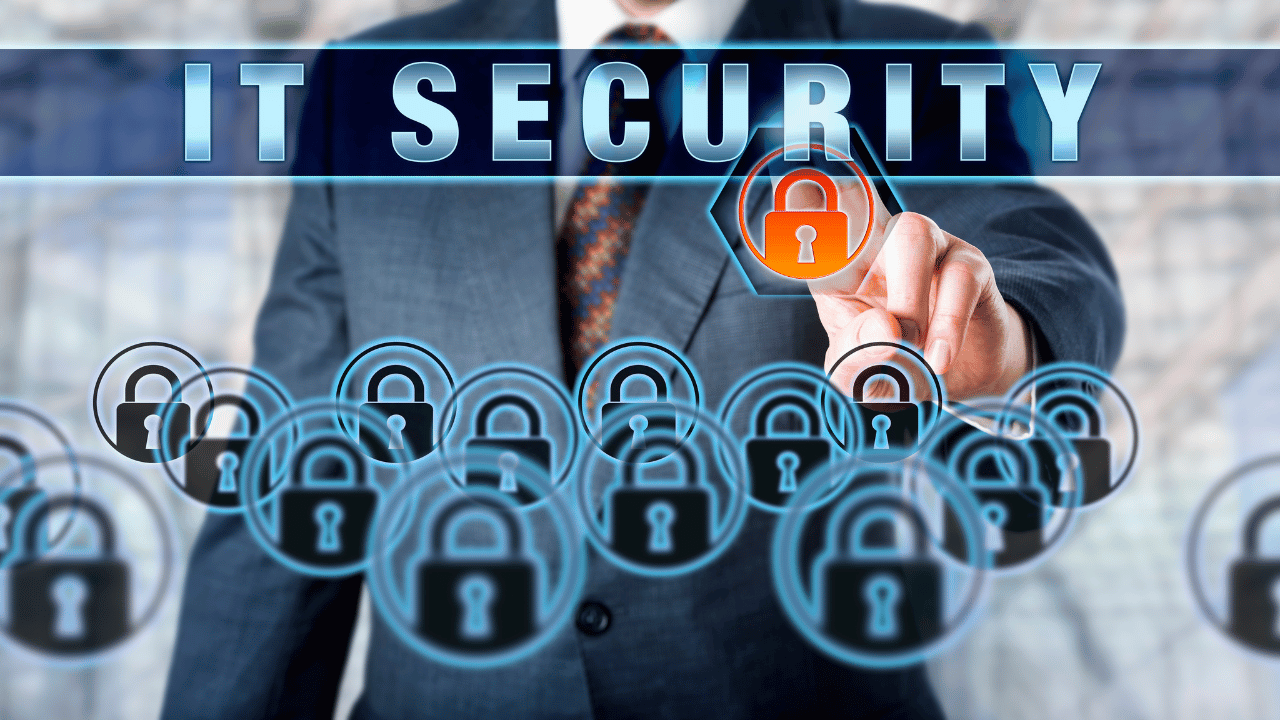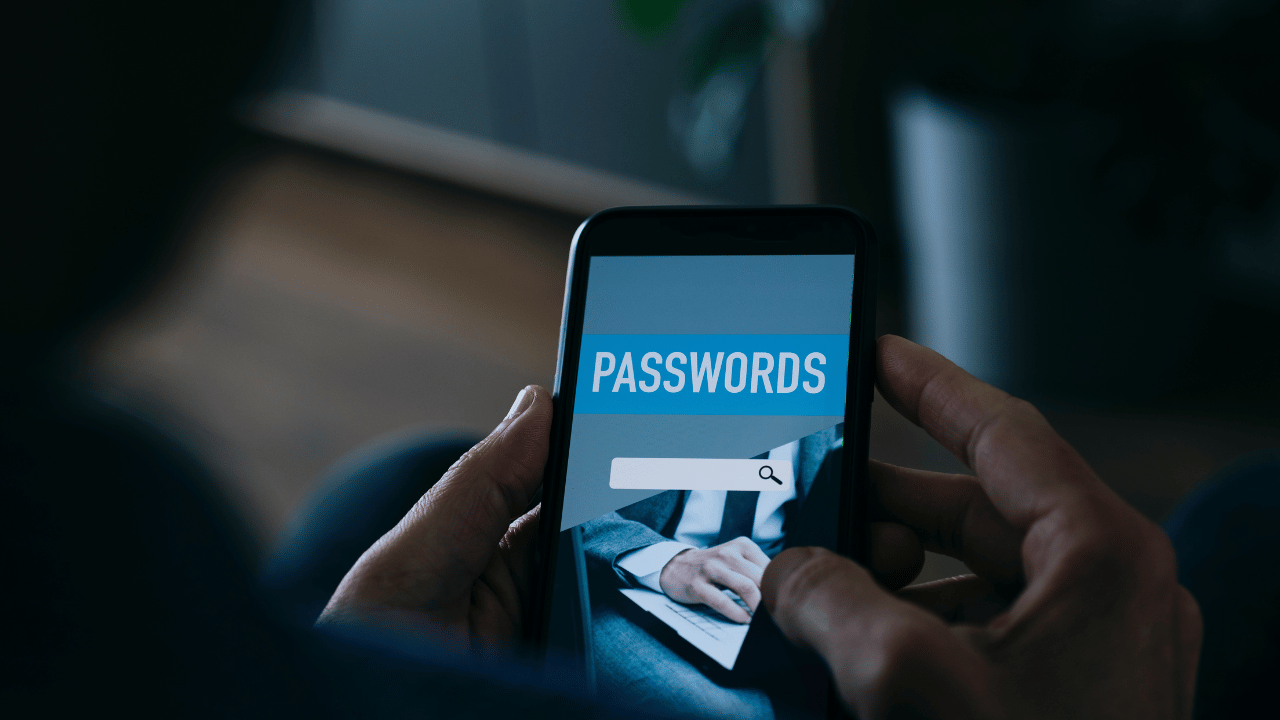Secure Password for Managing Credentials
In today’s digital age, the importance of a secure password for managing credentials cannot be overstated. Passwords serve as the first line of defense against unauthorized access to sensitive information. This blog will explore best practices for creating and managing secure passwords to safeguard your credentials effectively.

Understanding Password Security
It should be long, complex, and unique to each account or system. Avoid using easily guessable information such as birthdays, names, or common phrases, and opt for a combination of letters, numbers, and special characters.
Creating Strong Passwords
When creating passwords, aim for a minimum length of 12 characters or more. Include a mix of uppercase and lowercase letters, numbers, and symbols. Avoid using dictionary words or common phrases, and consider using passphrases – strings of words or random characters – for added security.
Utilizing Password Managers
These tools securely store and generate unique passwords for each of your accounts, eliminating the need to remember them all. Choose a reputable password manager with robust encryption features to keep your credentials safe.

Implementing Two-Factor Authentication
Two-factor authentication (2FA) adds an extra layer of security to your accounts by requiring a second form of verification, such as a temporary code sent to your phone or email, in addition to your password. Enable 2FA wherever possible to enhance the security of your accounts, even if your password is compromised.
Regularly Updating Passwords
Regularly updating your passwords is essential for maintaining security. Aim to change your passwords every few months, especially for accounts that contain sensitive information or are accessed frequently. Additionally, immediately change any passwords that may have been compromised in a data breach.
Securing Password Recovery Options
Be cautious when setting up password recovery options such as security questions or email addresses. Choose questions with answers that are not easily guessable or publicly available, and ensure that the associated email account is protected by a strong password and 2FA.
Educating Users on Password Security
Encourage users to create strong passwords, avoid password reuse, and remain vigilant against phishing attempts and other cyber threats. By empowering users with the knowledge to protect their credentials, you can strengthen overall security posture.
Conclusion
Learn how to create and manage a secure password for managing credentials with these essential tips, including password best practices, password managers, two-factor authentication, regular updates, secure recovery options, and user education.






